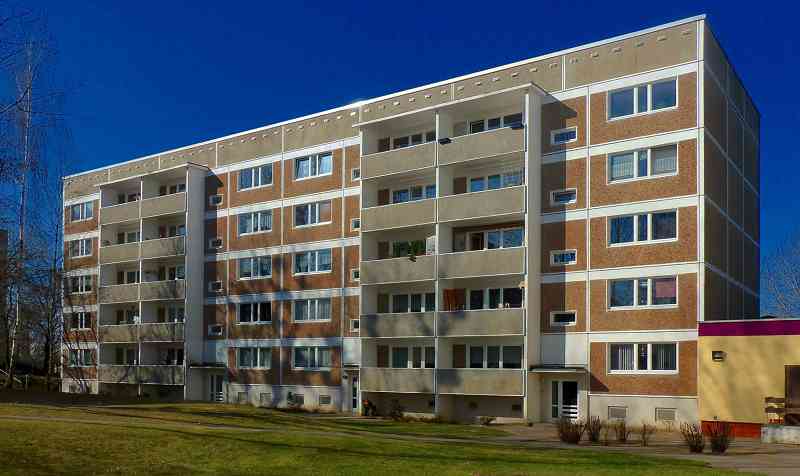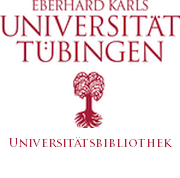Potentials and limits of Housing Commons to reduce the inequality of urban housing wealth. The example of the Mietshäuser Syndikat.
DOI:
https://doi.org/10.18156/eug-1-2022-art-3Abstract
In reaction to the return of the housing question, among other things, we are currently observing a new international trend towards the establishment of non-profit-oriented, self-managed forms of housing in collective ownership including cooperatives, co-operations with (land) foundations, community land trusts and syndicate projects. Especially the Mietshäuser Syndikat with its specific legal construct is currently on everyone's lips and in a certain way seems to be a beacon of hope. Taking up this example, this article addresses the potentials and limitations of so-called housing commons with respect to reducing the growing housing shortage and the unequal distribution of urban housing assets. The analysis focuses on the practices and structures associated with the creation, maintenance and expansion of housing commons.






